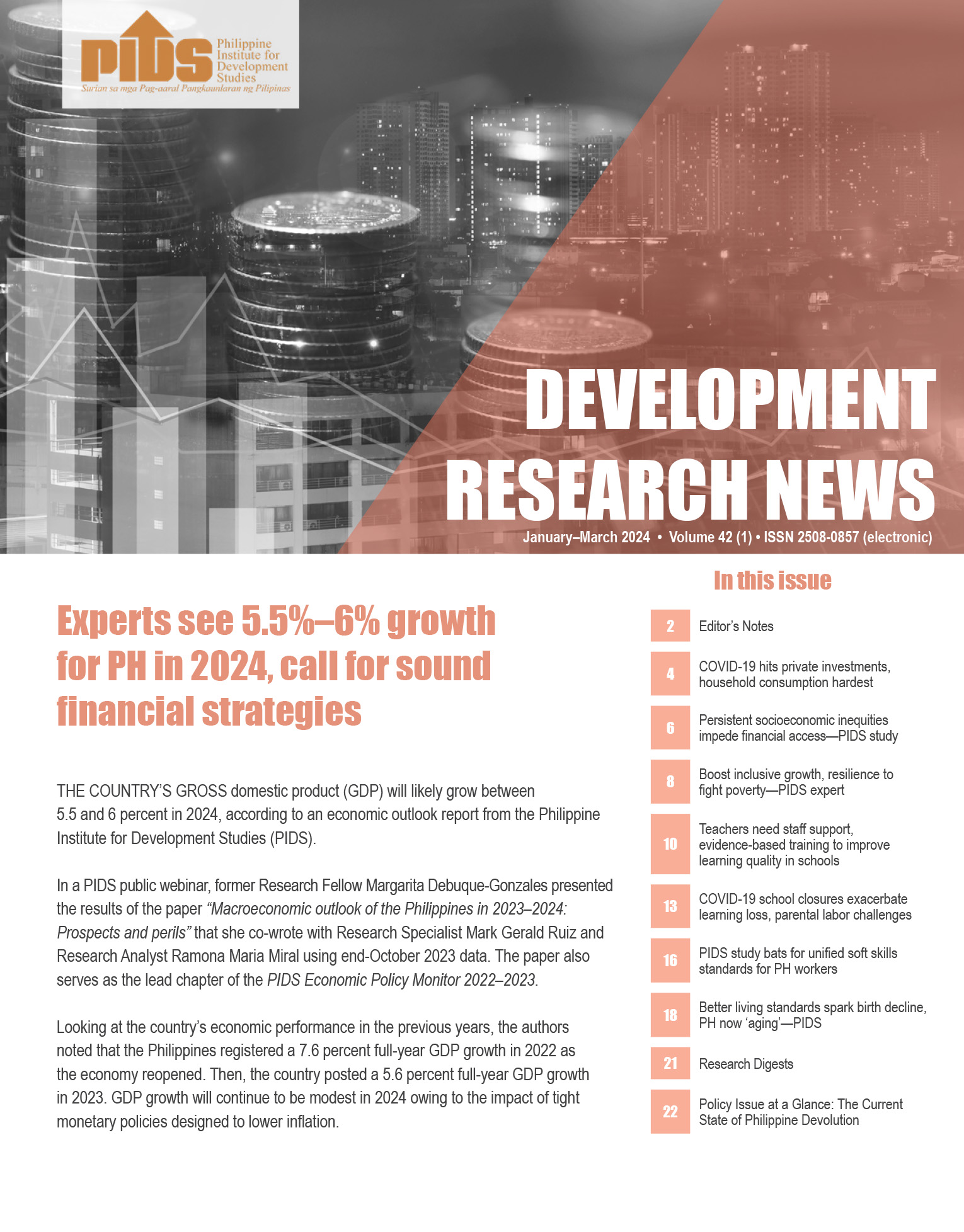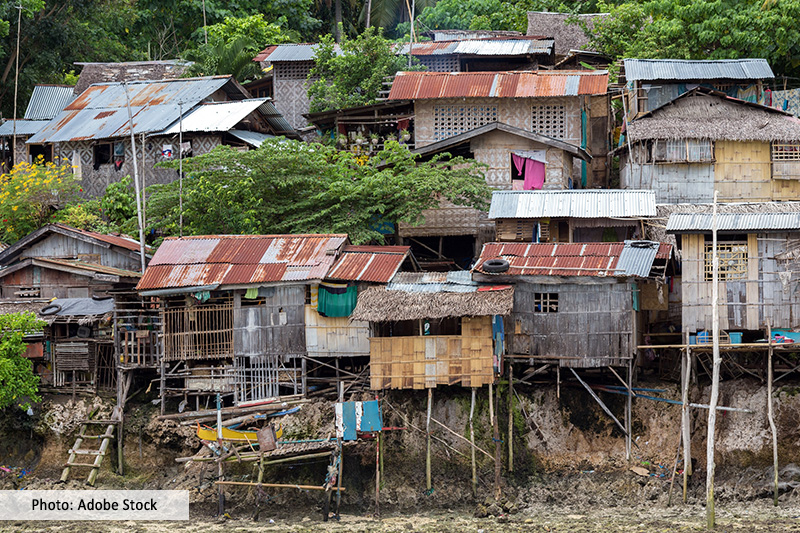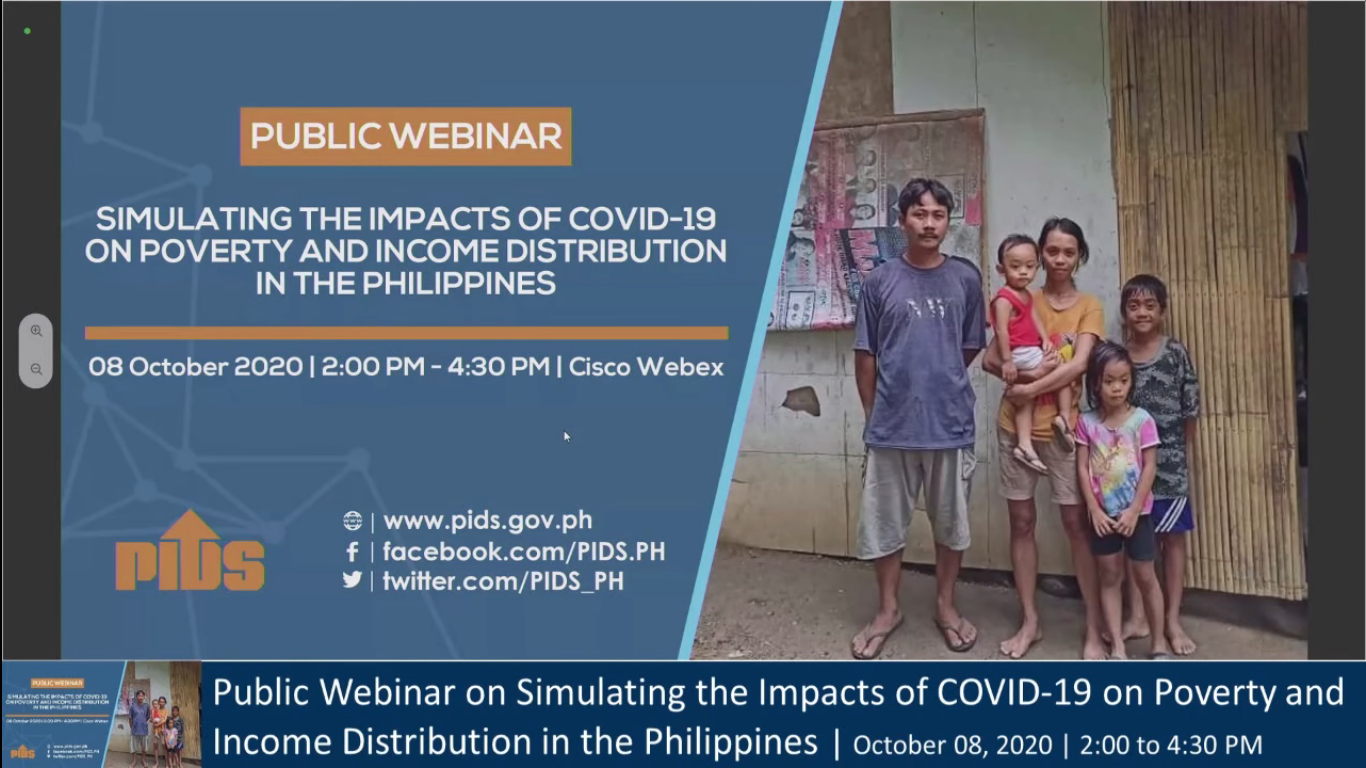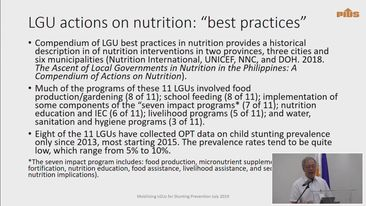Meanwhile, on another front, the government has suddenly lowered the Philippines’ poverty incidence to a new 30-year low, at 21.6 percent as of 2015.
Reporting on poverty in the Philippines has always been a tricky exercise.
There is no single government agency which is an authority on poverty incidence—which is measured two ways—as a percentage of the population (which means number of Filipinos) and as a percentage of total families (which means number of families). And there is no consensus on what exactly is the accurate and realistic poverty incidence.
The Philippine population is reckoned to be 102 million. If you divide that by 4.5, the number of people per family, you get 22.66-million families. As a percentage of the total number of Filipinos, poverty incidence has been reckoned to be between 26 percent and 27 percent. So 26 percent of 22.66 million is 5.89 million families who are poor. Yet, President BS Aquino’s deputy statistics chief, Dr. Jose Ramon Albert, estimated that in 2012 there were actually 17-million families who are either poor (11.28-million families) or had low income (5.77-million families).
So if you claim poverty incidence is now 21.6 percent, which means only 4.89-million families (21.6 percent of 22.66 million), does it mean the ranks of the poor have been reduced by 12-million families? In just three years? Incredible. It beats young Jesus Christ’s multiplication of the bread wherein he fed 4,000 with just seven loaves of bread. But then Jesus was God and Duterte’s men are—humans.
When he was still the economic planning secretary, Arsenio Balisacan used 26 percent and 27 percent as the fairly accurate poverty incidence.
Come now the economists of President Duterte. They are using a much-lower figure of poverty incidence—25.2 percent for 2012 and 21.6 percent for 2015.
Duterte has promised to reduce poverty incidence dramatically, from 26 percent to 17 percent, in six years, or by 2022, a reduction of nine percentage points.
The effect of the new poverty figures is that even before Duterte could start reducing poverty, poverty has reduced itself, to 21.6 percent by 2015.
This implies that this administration has already achieved half of its poverty reduction target because poverty has been reduced by exactly 4.6 percentage points. So over the next six years, Duterte needs only to reduce poverty by 4.4 percentage points (9 minus 4.6) or an average reduction of .73 point (4.4 divided by six years).
When Finance Secretary Carlos Dominguez announced the nine percentage-point target reduction in poverty at the beginning of July, he was thinking of a reduction of 1.5 percentage points and even up to 2.2 percentage points per year.
Now it seems the target is a reduction of just .73 (one-third of 2.2 percentage points) per year —certainly a much more realistic and doable target—two-thirds of a percent per year.
In fairness to Dominguez, he is now using new figures of poverty reduction—from 22 percent in 2016 to 13 percent by 2022.
I hope the Duterte people do not use the kind of math they use when reckoning with the number of drugs addicts in the country—four million, up by one million in just three years.
Poverty incidence reduced by 12-million families in three years? That, my dear, is hyperbole.
biznewsasia@gmail.com
Reporting on poverty in the Philippines has always been a tricky exercise.
There is no single government agency which is an authority on poverty incidence—which is measured two ways—as a percentage of the population (which means number of Filipinos) and as a percentage of total families (which means number of families). And there is no consensus on what exactly is the accurate and realistic poverty incidence.
The Philippine population is reckoned to be 102 million. If you divide that by 4.5, the number of people per family, you get 22.66-million families. As a percentage of the total number of Filipinos, poverty incidence has been reckoned to be between 26 percent and 27 percent. So 26 percent of 22.66 million is 5.89 million families who are poor. Yet, President BS Aquino’s deputy statistics chief, Dr. Jose Ramon Albert, estimated that in 2012 there were actually 17-million families who are either poor (11.28-million families) or had low income (5.77-million families).
So if you claim poverty incidence is now 21.6 percent, which means only 4.89-million families (21.6 percent of 22.66 million), does it mean the ranks of the poor have been reduced by 12-million families? In just three years? Incredible. It beats young Jesus Christ’s multiplication of the bread wherein he fed 4,000 with just seven loaves of bread. But then Jesus was God and Duterte’s men are—humans.
When he was still the economic planning secretary, Arsenio Balisacan used 26 percent and 27 percent as the fairly accurate poverty incidence.
Come now the economists of President Duterte. They are using a much-lower figure of poverty incidence—25.2 percent for 2012 and 21.6 percent for 2015.
Duterte has promised to reduce poverty incidence dramatically, from 26 percent to 17 percent, in six years, or by 2022, a reduction of nine percentage points.
The effect of the new poverty figures is that even before Duterte could start reducing poverty, poverty has reduced itself, to 21.6 percent by 2015.
This implies that this administration has already achieved half of its poverty reduction target because poverty has been reduced by exactly 4.6 percentage points. So over the next six years, Duterte needs only to reduce poverty by 4.4 percentage points (9 minus 4.6) or an average reduction of .73 point (4.4 divided by six years).
When Finance Secretary Carlos Dominguez announced the nine percentage-point target reduction in poverty at the beginning of July, he was thinking of a reduction of 1.5 percentage points and even up to 2.2 percentage points per year.
Now it seems the target is a reduction of just .73 (one-third of 2.2 percentage points) per year —certainly a much more realistic and doable target—two-thirds of a percent per year.
In fairness to Dominguez, he is now using new figures of poverty reduction—from 22 percent in 2016 to 13 percent by 2022.
I hope the Duterte people do not use the kind of math they use when reckoning with the number of drugs addicts in the country—four million, up by one million in just three years.
Poverty incidence reduced by 12-million families in three years? That, my dear, is hyperbole.
biznewsasia@gmail.com












